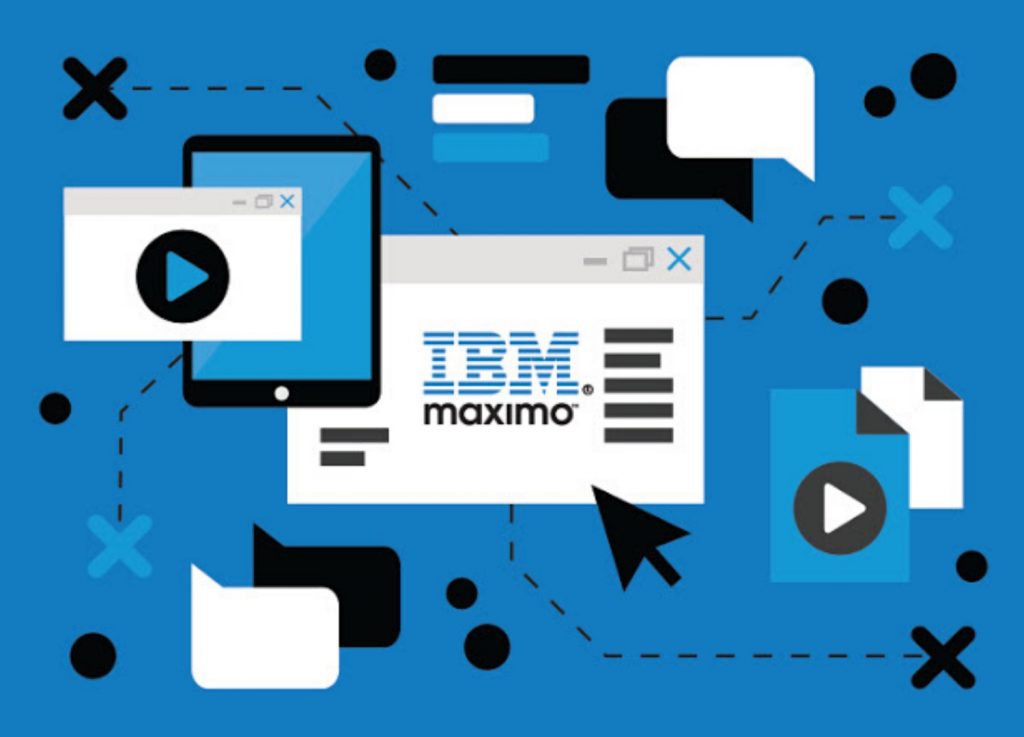3 Min Read
What Is Preventive Maintenance?
Preventive maintenance is performed on a regular basis to ensure that an asset continues to operate smoothly without running into any emergency maintenance issues. Preventive maintenance is performed when the equipment is functioning in good condition. This maintenance strategy extends the life of an asset and keeps your equipment from falling, which increases the asset’s profitability.
When Is The Right Time?
How often you perform preventive maintenance depends on the type of machine. It’s also important to perform the correct type of preventive maintenance to keep maintenance costs down and avoid unnecessary maintenance, as this can damage the machine and increase costs.
What Is Predictive Maintenance?
Predictive maintenance is different than preventive maintenance in that it uses algorithms to monitor predetermined conditions of the equipment. This maintenance strategy is performed when a piece of equipment starts to operate outside of its normal condition. Predictive maintenance protocols then trigger scheduled maintenance to keep the asset from failing.
What Is The Use Case?
Predictive maintenance is intended to predict equipment failure before it happens through continuous monitoring. While this type of maintenance program requires costly equipment, it uses a cost-effective maintenance strategy to perform scheduled maintenance at a time when the loss of asset production is minimal.
Differences Between Preventive And Predictive Maintenance?
What is the difference between predictive maintenance vs preventive maintenance? Although the two are similar, preventive and predictive maintenance are differentiated by how often they’re performed. Preventive maintenance is performed on a regular basis, which can be more costly than predictive maintenance, which is performed only at the time that the asset requires maintenance.
What Triggers Preventive Maintenance & Predictive Maintenance?
While preventive maintenance is triggered by time, predictive maintenance is triggered by the condition of the asset. A successful preventive maintenance strategy will reduce the frequency of predictive maintenance.
How to Implement An Effective Preventive Maintenance Strategy?
To implement an effective preventive maintenance strategy, management software such as IBM Maximo asset management is needed to schedule maintenance. Management software is also required for predictive maintenance, in addition to software that monitors the condition of each asset.
What Are The Pros & Cons Of Preventive Maintenance And Predictive Maintenance?
Preventive maintenance is easier to implement than predictive maintenance, very cost-effective, and dramatically increases the life cycle of the asset. However, predictive maintenance does run a higher risk of performing unnecessary maintenance.
What Does Predictive Maintenance Reduce?
This type of maintenance reduces the amount of time that the asset is not functioning and increases the life cycle of the asset. However, it raises maintenance costs because it requires expensive technology for maintenance management.
Make Sure To Choose The Right Maintenance Program

To properly perform predictive and preventive maintenance, you need the right maintenance program. Tools like Maximo CMMS software will help you perform the right types of maintenance at the right time. It will monitor the condition of the asset to see whether or not it requires maintenance. This reduces operating costs and minimizes downtime.
How Will Maximo Software Benefit Your Maintenance Program?
Maximo software will work for both types of maintenance strategies. For preventive maintenance, Maximo software will schedule maintenance at regular intervals. For predictive maintenance, it will use algorithms to predict equipment failure based on trends in the data. The right maintenance program will handle your maintenance management needs and ensure that all of your assets are functioning optimally.
